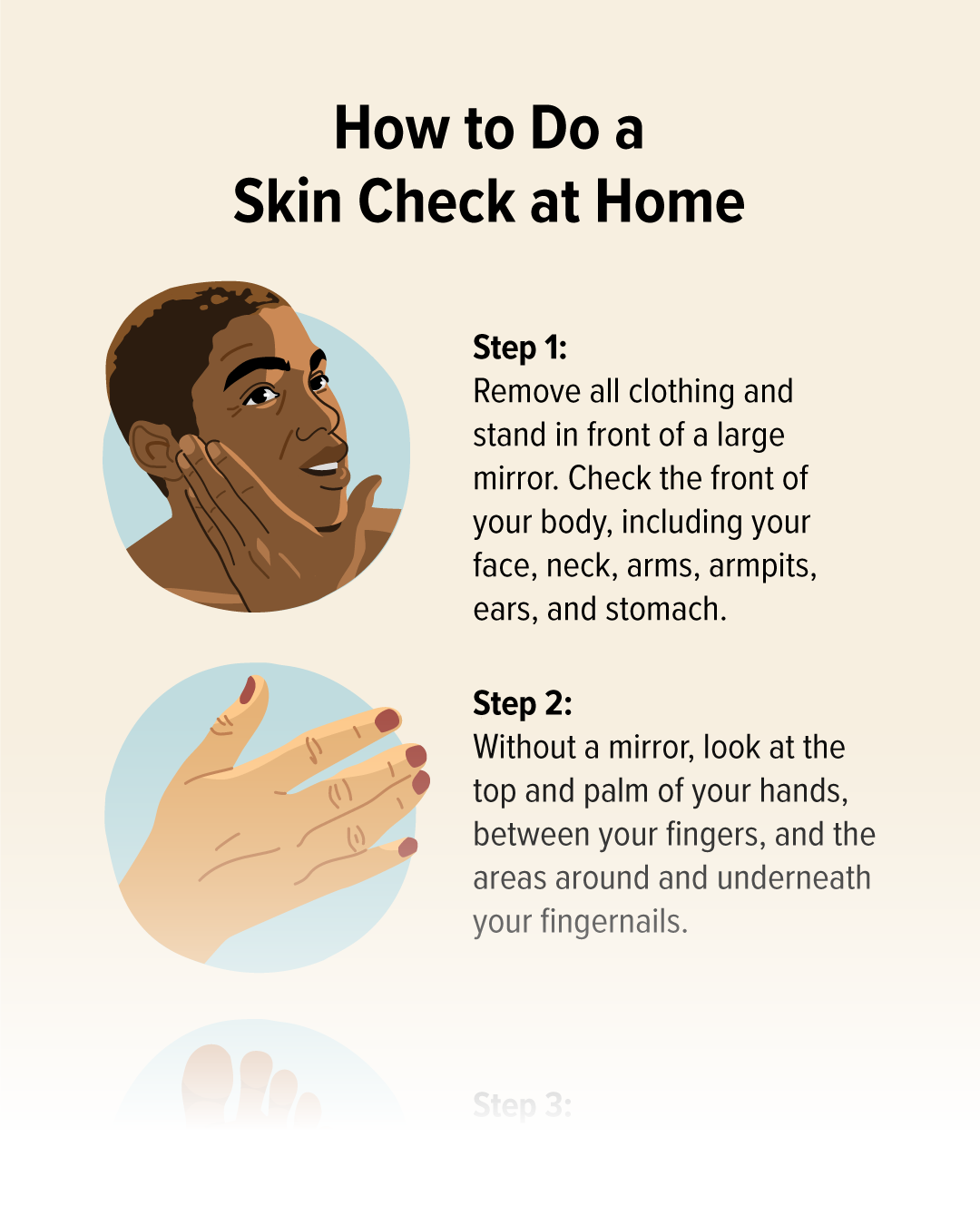Let's discuss this type of skin cancer.
  |
͏ ͏ ͏ ͏ ͏ ͏ ͏ ͏ ͏ ͏ ͏ ͏ ͏ ͏ ͏ ͏ ͏ ͏ ͏ ͏ ͏ ͏ ͏ ͏ ͏ ͏ ͏ ͏ ͏ ͏ ͏ ͏ ͏ ͏ ͏ ͏ ͏
| | | Welcome to day 1 of Detect and Prevent Melanoma. Today and tomorrow, you'll learn about the basics of melanoma, how to identify it on your skin, and the importance of early detection and skin protection. Ready to get started? | | Melanoma is one of the most prevalent cancers in the United States | | Skin cancer is the most common cancer in the U.S., according to the American Cancer Society (ACS). Of the three main types of skin cancer, melanoma comprises about 1% of diagnoses, with basal cell carcinoma at 80% and squamous cell carcinoma at 20%. But melanoma is responsible for the majority of skin cancer deaths. | | Anyone can develop one or more of the six types of melanoma, but people with less skin pigmentation have a higher risk. Other risk factors for melanoma include: | | | | | | | • | having a first-degree relative (parents, children, siblings) who has had melanoma | | | | • | previous melanoma diagnoses | | | | • | a weakened immune system | | | | | | | | | Melanoma is also one of the most common cancers in: | | | • | people under the age of 30 years | | | | | | | Early detection can save your life | | Melanoma can cause death. But localized diagnoses — finding the cancer before it spreads beyond the area where it started — have nearly a 100% 5-year survival rate. | | There are two ways to check your skin: self-exams at home and having a check by a medical professional. Both should be part of your prevention strategy. | | According to research, self-exams may find 50% to 80% of melanoma skin cancers. | | The Skin Cancer Foundation also recommends having a dermatologist perform a yearly full-body exam. Though some lesions can be difficult for even healthcare professionals to identify, their eyes are well-trained to catch what ours may miss. | | | | How to detect melanoma | | Most moles will not develop into melanoma. But it's still important to know your skin and recognize the signs of a potentially cancerous mole or mark. | | 🔍 If you come across a spot you're unsure about, keep in mind the saying: "When in doubt, get it checked out." | | Signs of potentially cancerous lesions can include: | | | • | any changes to the skin, such as a new mole or a change in the color, shape, or size of an existing one | | | | • | a mole that doesn't heal or becomes painful or tender | | | | • | a mole that becomes itchy or begins to bleed | | | | • | a mole that has a shiny, waxy, smooth, or pale appearance | | | | • | a firm, red, or discolored lump that bleeds or appears crusty (this is particularly concerning for amelanotic melanoma, which tends to go unnoticed because it lacks pigment) | | | | • | a flat, red, or discolored spot that's rough, dry, or scaly | | | | • | a black or dark spot or streak under a fingernail or toenail that isn't due to previous trauma to the nail | | | The ACS suggests getting into the habit of performing a monthly skin check. Download our free guide below for step-by-step instructions on performing a skin exam at home and using the ABCDE rule to identify melanoma. |  | | | | We'll be back in your inbox soon with more information on treatment options and skin protection strategies (plus another helpful guide!). See you then. | | | | | More learning opportunities | | | | | | | | Until next time, |  | Take care of yourself, and we'll
see you again soon! | | | | View in browser
Did a friend send you this email? Subscribe here.
To see all newsletters, click here.
Privacy | Unsubscribe
We may feature your messages to our inbox within our content. Please do not provide any personal identifiable information. Replies may be edited for length and clarity. For more, see our Privacy Policy.
Our website services, content, and products are for informational purposes only. Healthline does not provide medical advice, diagnosis, or treatment and should not be used as a substitute for medical advice from a healthcare professional. Healthline encourages you to make any treatment decisions with your healthcare professional.
Every product we recommend has gone through either Healthline's or Optum Now's vetting processes. If you buy through links on this page, we may receive a small commission or other tangible benefit. Healthline has sole editorial control over this newsletter. Potential uses for the products listed here are not health claims made by the manufacturers. Healthline and Optum Now are owned by RVO Health.
© 2025 RVO Health
1101 Red Ventures Drive
Fort Mill, SC 29707 | | | |

